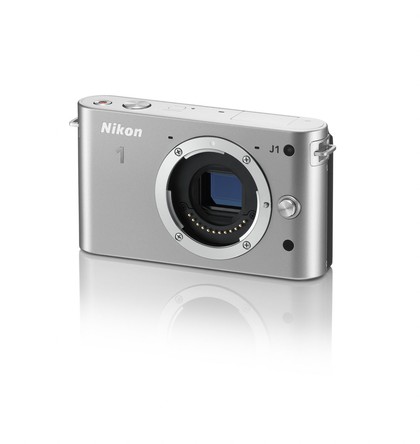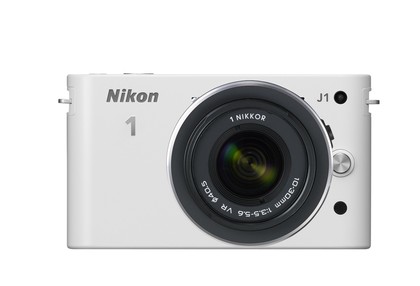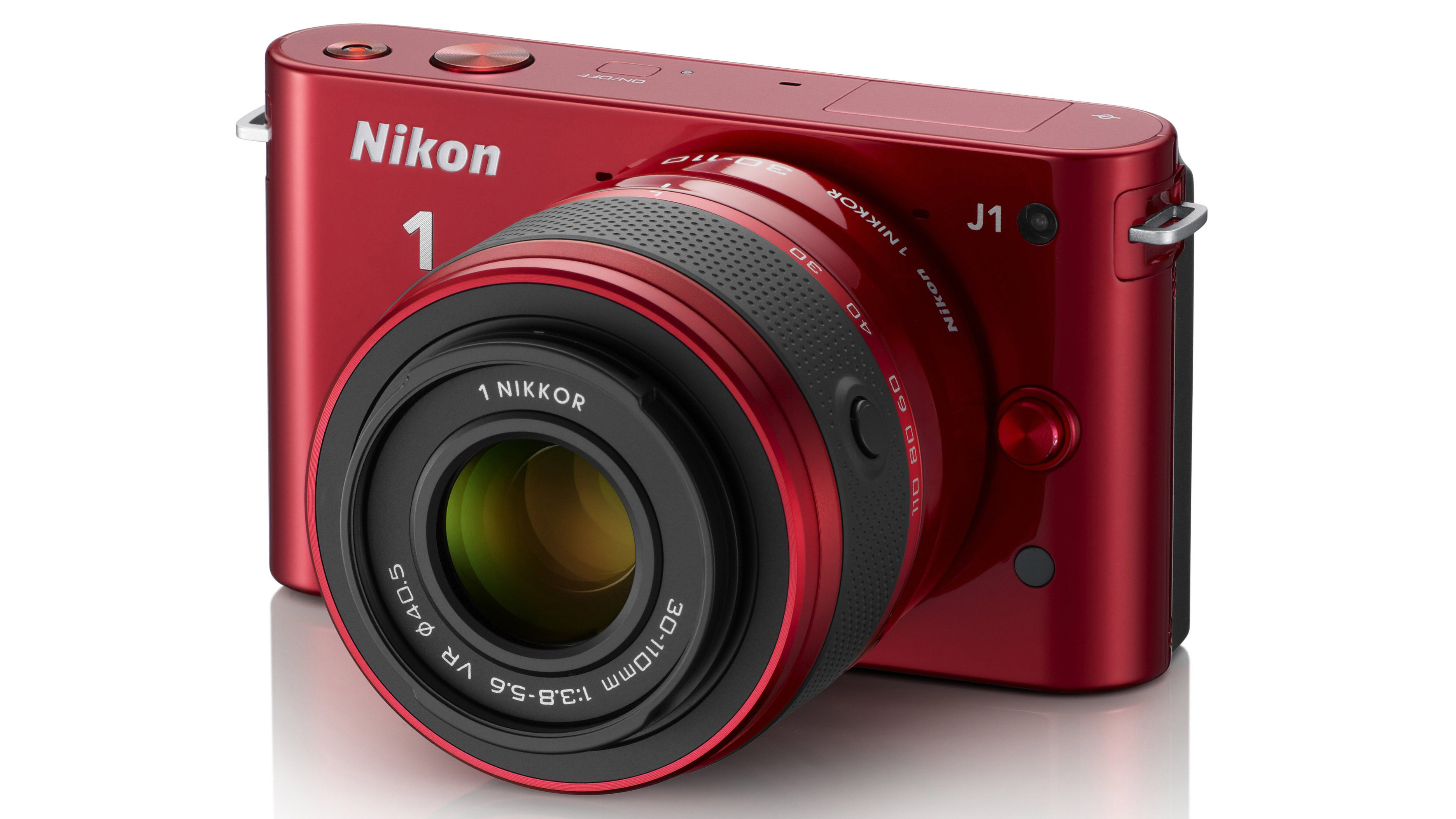Why you can trust TechRadar

The majority of our test images look good straight from the Nikon J1. There is some variation, but generally the colours are fairly natural-looking, if slightly on the warm side, with just enough saturation to give them a bit of punch.
Under natural or flash light, the automatic white balance system performs well on most occasions, but a few of our shots taken in very overcast conditions have a slight magenta cast.
Although edges can look a little bolder than they should when viewed at 100% on the screen, fine details look a little soft. However, at more sensible printing sizes, images look good.
Nikon is mainly aiming the J1 at relatively inexperienced photographers who haven't yet learned the complexities and stumbling blocks of light metering. These users will find that the multi-purpose Matrix metering mode performs very well, and the camera isn't easily fooled by very bright or dark areas in the scene.

Considering the size of the sensor, the Nikon J1 resolves a respectable level of detail. However, our resolution tests reveal that it can't record as much detail as some Micro Four Thirds cameras. As usual, more detail can be extracted from raw files than is present in the simultaneously recorded JPEGs.
Noise is pretty well controlled, but even images captured at the lowest sensitivity settings have a faint texture that is just visible when they are examined at 100% on the computer screen.
Pushing the sensitivity to ISO 800 introduces some mottled colouring in shadow areas, which becomes increasingly noticeable (at 100%) as the sensitivity is increased. The best high sensitivity images are created by tailoring to the noise reduction for each raw file using Capture NX2.
Interestingly, although Nikon tells us that the J1 applies chromatic aberration correction to JPEG images, when we opened some raw files in Capture NX2 we found that they showed less chromatic aberration than their JPEG counterparts. Turning off the software's chromatic aberration correction brought the two file types closer into line.
Nikon makes some bold claims for the J1's AF system, and in many situations it performs well, even managing to keep up with fast-moving subjects. Not surprisingly, though, it isn't infallible. In low light, the lens is prone to a brief spell of hunting. On many occasions this is just a quick back and forwards adjustment in focus, but it's noticeable, nevertheless.
When Auto Area AF mode is selected, the Nikon J1 usually does a good job of identifying the subject. But switching to Single Point AF mode and setting the point yourself brings extra confidence, especially in busy scenes. The Subject Tracking AF mode also performs well, but the mechanics of activating it means it's hard to achieve the initial lock-on with some moving subjects.
Current page: Performance
Prev Page Build quality and handling Next Page Image quality and resolution